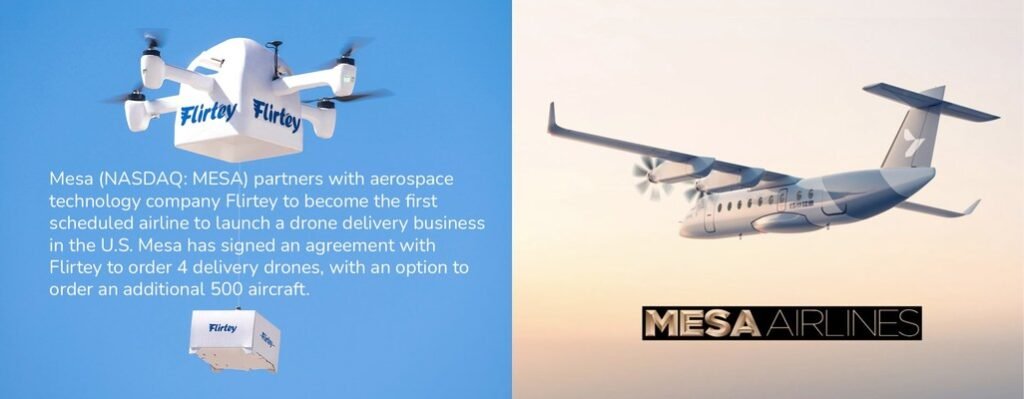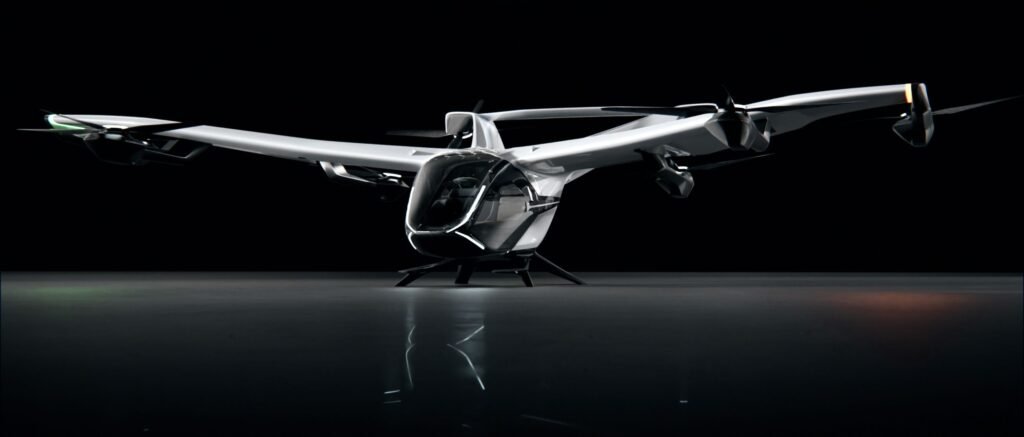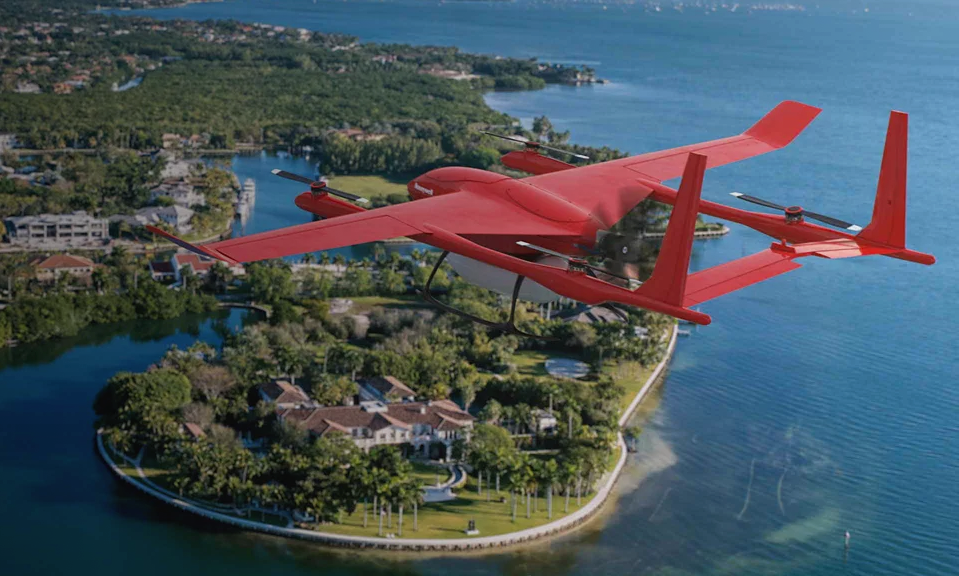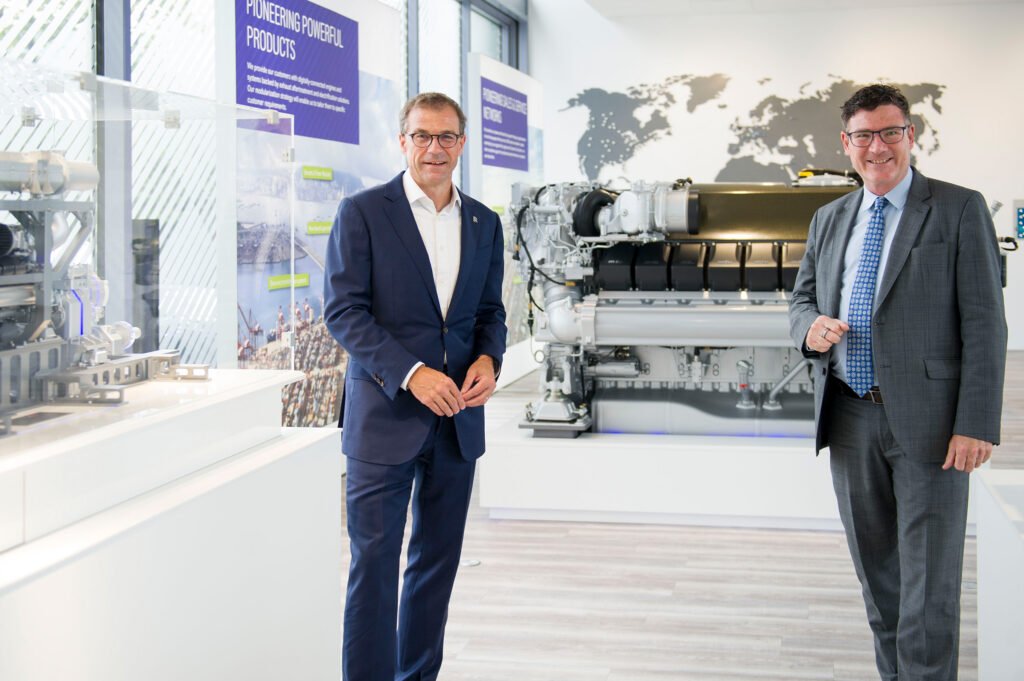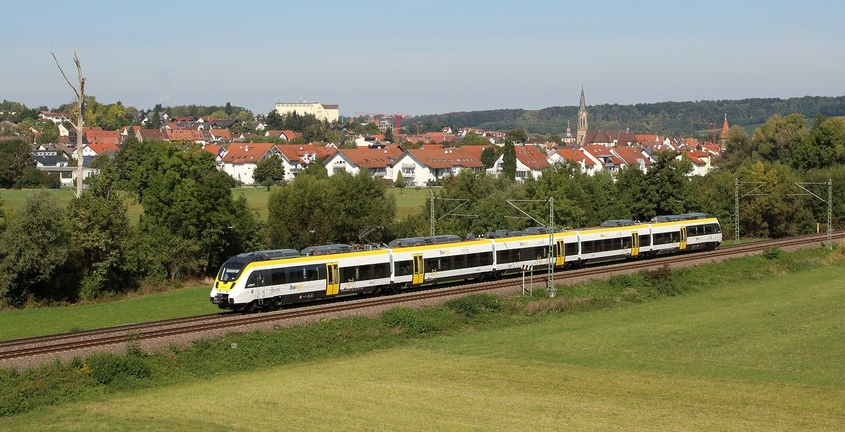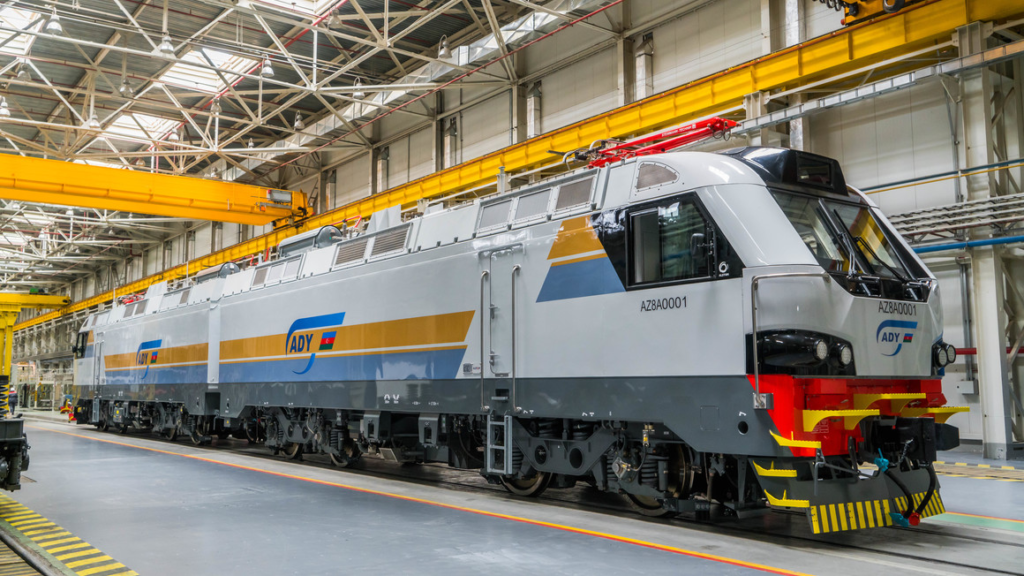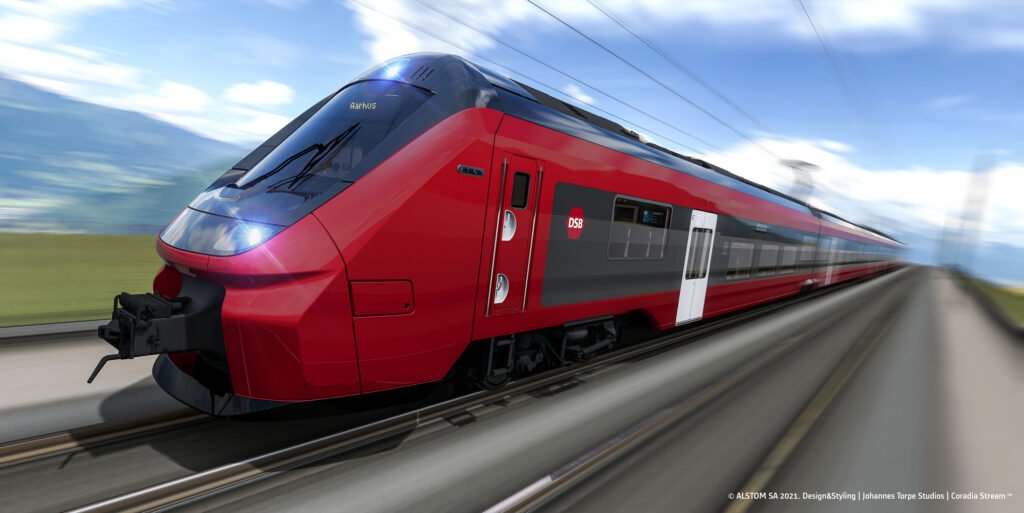Mesa Air Group First Scheduled Airline to Launch U.S. Drone Delivery Business
RENO, Nev., Oct. 21, 2021 /PRNewswire/ -- Mesa Air Group, Inc. (NASDAQ: MESA), has signed an agreement with aerospace technology company Flirtey to order 4 delivery drones, with an option to order an additional 500 aircraft. The agreement marks…
